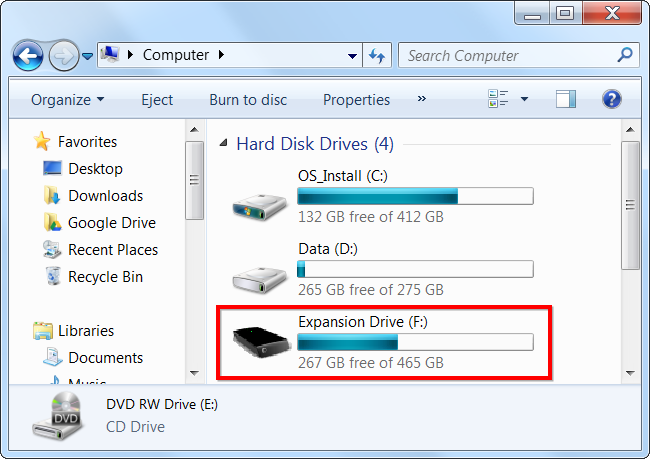

Years ago I took a screen shot and posted on here jokingly saying I had something like an 8tb drive when the largest drives were 500gb or 1tb. I have in HDDs seen the controller report things WAY off base due to a damaged controller. Although it wouldn't have been unlikely for the drive to have sanctioned off part of the drive, just odd and I've never seen entire chunks go missing from normal wear and tear. And I agree, Window's filesystem is a continuous beast, it doesn't take kindly to just have part of it go missing. And in any case, an unexpected reduction in reported drive size after the drive has been partitioned and formatted will wreak havoc in Windows it is highly improbable that the symptoms would be as innocuous as just a few 10s of GB of missing space. If you lose a bunch of NAND chips the drive is most likely going to brick itself, not reduce its capacity behind your back. I'm really curious to see the outcome of this, keep us - Assuming you really meant NAND (nor DRAM), I'm pretty sure SSD controllers don't work like that. NOTE: Errrr, unless SanDisk pulled a switch-a-roo actually the SanDisk X300s in your sig supposedly uses 64GB modules, so that wouldn't make any sense.

I'm not an engineer so I'm not sure if SSDs utilize some form of segregated clusters for DRAM modules where the controller for that cluster could have died rendering all of them inoperable. For instance if they are using 8GB modules that would be 5 dead modules. It would be helpful if we had a screenshot of the original GiB/KB for the drive and what it lists now considering DRAM comes in very specific sizes. Ohh and if the drive is fairly new I'd wonder if entire DRAM chips didn't die on it, and the controller is simply omitting them as being no good for use. What brand/model are you using, how old is it and how hard has it been used? However it really depends on the drive your using and how long you've had it along with how hard it has been used. With something like wear leveling you should never see an entire chuck just go missing, especially overnight. If you're familiar with SSD technology, you'd also know that once NAND cells get worn out past a certain point the data gets moved from those cells to another fresher cell. Use a tool like HDDScan or CrystalDisk Info to see if any S.M.A.R.T. I'd also like to mirror what your being told, use CHKDSK to see if windows reports any errors. Check your Disk Management to see if there are any unformatted portions of the drive suddenly. I've seen Windows lose sections of a drive before but usually Windows doesn't load after that.

Variable (windows controlled) Pagefile that for some reason decided to steal a section for its own uses, although this shouldn't take away from the entire drive's capacity.


 0 kommentar(er)
0 kommentar(er)
